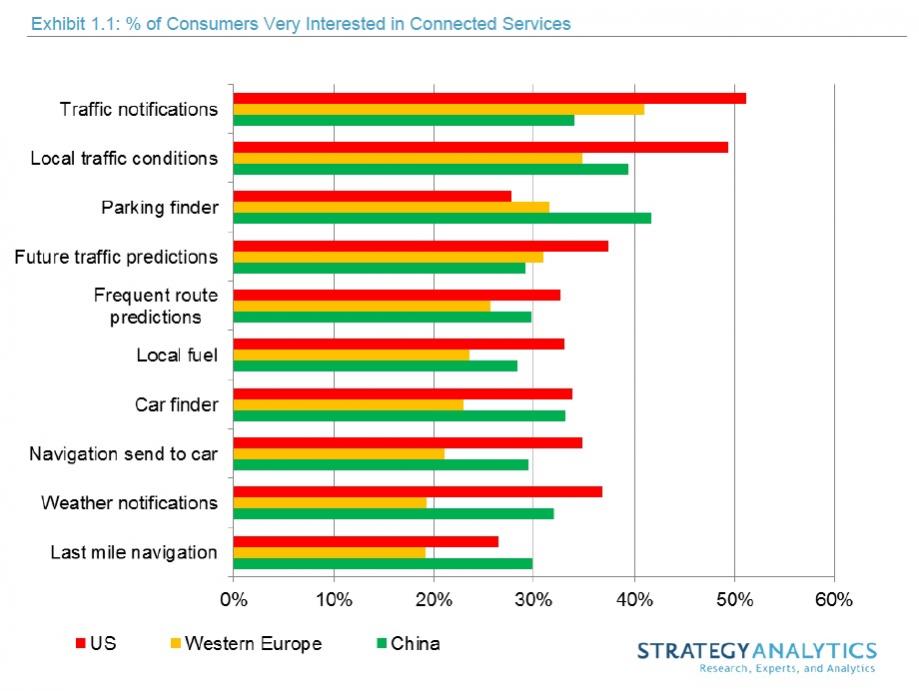The Washington Auto Show, one of the largest auto shows in the U.S., has a problem and it is a problem shared by other auto shows in the U.S. and around the world. It is a problem that plagues the entire industry and it may spell trouble for connecting with car customers.
I visited the Washington Auto Show last week. The event closed on Sunday. I visited with my wife who wanted to know more about vehicle connectivity services. I was skeptical that the personnel manning the booths at the event could answer my wife’s questions and my skepticism was validated.
There was not a single booth with adequate literature or exhibits to explain connected vehicle services. It seems like a trivial matter. It’s not. It’s a big deal.
More than 20 years ago General Motors defined the meaning of vehicle connectivity with the launch of OnStar – a cellular-based system designed to provide post-crash emergency response. In the event of an airbag deployment, the OnStar system will call the nearest public service access point (PSAP) to connect the car to a call center capable of arranging the dispatch of fire fighters, police or medical personnel.
The elegance of the OnStar service resides in its simplicity. OnStar has always done this one thing well and, at the time of its launch, actually came to be adopted by several competing auto makers as a critical, foundational application for a connected car.
GM ultimately terminated its OnStar licenses to other auto makers, some of which created their own OnStar-like systems. The European Union liked the idea so much it introduced an emergency call (eCall) mandate that went into effect about one year ago.
A lot has changed about vehicle connectivity since the time of OnStar’s launch. The cellular network changed from analog to digital, for one, enabling Internet access to cars.
In turn, GPS and embedded navigation have become widespread and now car makers are experimenting with digital assistants integrated with vehicle systems. In spite of these advances, though, car makers have yet to clearly define what vehicle connectivity is or means to consumers.
The strangeness of this failure arises from the fact that the automotive industry is on the cusp of a transformative change in vehicle connectivity. According to Strategy Analytics, 2019 marks the first year that more than 50% of new cars being shipped from factories globally will come with built-in wireless connections.
This reality will have escaped your notice if you attended the Washington Auto Show. Booth personnel were unfamiliar with the fundamentals of vehicle connectivity and most messaging beyond horsepower and cosmetics was focused on smartphone connectivity and safety systems. Even the electric vehicles, always a point of emphasis at the Washington show, were shown off primarily for their performance characteristics in an on-floor driving demo.
As far back as 2016, Strategy Analytics consumer research conducted in China, Europe and North America showed strong interest in embedded connectivity for a range of mission critical driving services.

My own shorthand for consumer interest in connected services is TWP – traffic, weather, parking. The list does need to be revised though, for 2019: TWPCS – as in, traffic, weather, parking, cybersecurity and software updates.
We have a major cybersecurity problem in the world today and connected cars are just one source of vulnerability. It may seem counter-intuitive but no car will be cyber-secure if it isn’t connected – though a connected car itself is vulnerable.
With millions of lines of software code embedded in most new cars supporting increasingly sophisticated safety and infotainment systems connectivity is a necessity. Yet consumer-focused car shows continue to neglect the vital messaging essential to educating the driving public.
The issue is even worse at dealerships. Vehicle connectivity ought to be seen as a means for reinforcing existing customer retention tools, but the average dealer sales person, with notable exceptions (BMW), is poorly trained on connected services and more inclined to tout smartphone connectivity to the average customer.
Conquering connectivity is a monumental task for the automotive industry. The world is poised on the threshold of a global roll out of 5G wireless technology designed to transform the fundamental nature of connectivity itself.
Cars will benefit mightily from 5G connectivity which will enable cars to avoid collisions in real-time while anticipating traffic light changes and being warned of road hazards ahead. Cars will be able to detect and prevent cyber attacks and receive vital software updates for navigation and safety systems.
There’s no excuse for car makers and their representatives to be incapable of accurately explaining connected vehicle systems and selling those systems to consumers. Horsepower and leather interiors are cool, but connectivity will save lives.
Share this post via:







Quantum Advantage is About the Algorithm, not the Computer